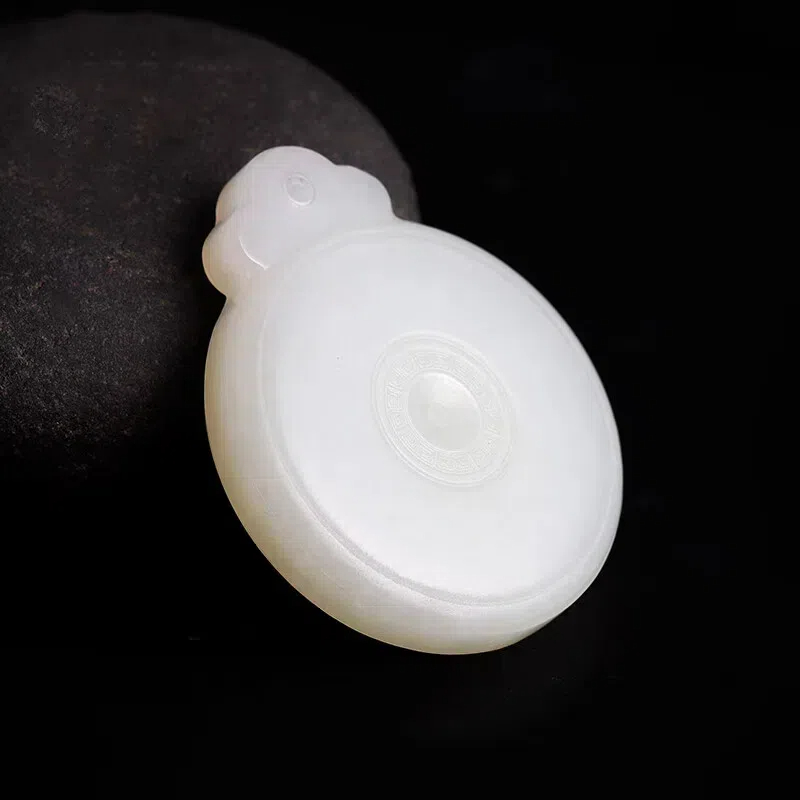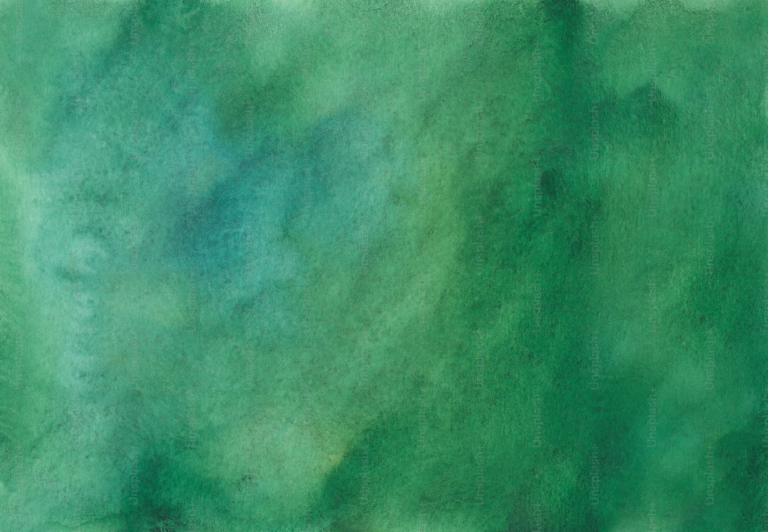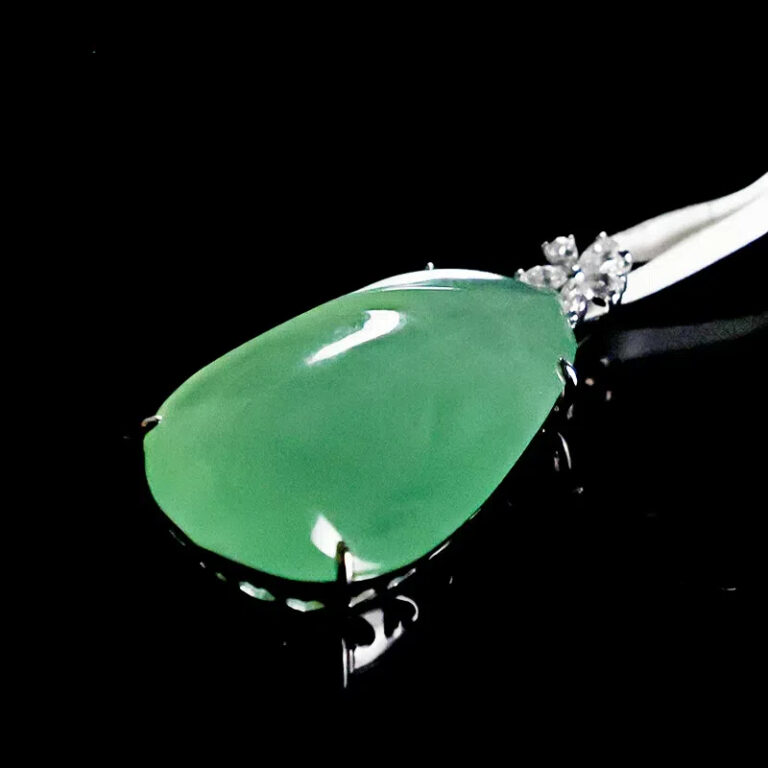Here is a slightly shorter introduction to Hetian Jade (Nephrite), drawing from the provided sources and our conversation history:
Hetian jade is primarily a type of nephrite. This stone has held deep significance in Chinese culture for thousands of years.
Origin and Source: Ancient Chinese artisans used nephrite jade, which was excavated from the mountains in the Xinjiang region and found in riverbeds. Nephrite was also used in other ancient cultures, such as in Europe and Japan. Today, nephrite is found globally, with Canada being the largest commercial producer. Jadeite, the other type of jade, did not appear in China until much later, originating from Burma (Myanmar).
Properties: Nephrite is made of silicates, magnesia, and iron. Its color ranges from white or colorless to various shades of green, yellow, blue, red, brown, and purple, depending on the iron content. White or cream-colored nephrite is often called “mutton fat jade”. It is known for its extreme toughness due to its fibrous structure. Anciently, abrasive sand was needed to shape it because of its toughness. It has a hardness of 6 to 6.5 on the Mohs scale.
Meaning and Symbolism: In ancient China, nephrite was considered the most precious stone and was known as the “stone of heaven“. Its toughness and beauty were associated with qualities like purity and immortality. High-ranking individuals wore jade ornaments to signify their wise nature. Jade carvings carried specific meanings, such as a dragon for prosperity and power or a butterfly for long life. Many people also believe jade carries special energy, bringing harmony, prosperity, and good luck, and is seen as an “energy stone” for balance and intuition. Historically, it was even used to alleviate kidney issues, influencing its Western name.
Modern Popularity: Jade remains very popular in China and is increasingly appealing in the West. Modern appreciation stems from its traditional symbolism of good luck and protection, belief in its positive energy, its natural beauty and connection to Eastern culture, and its remarkable durability, making it a potential heirloom [Blog Post 4, Blog Post 2, 22]. Its enduring nature also aligns with modern interests in sustainability and slow living. High-quality jade is also valued as a luxury item.




